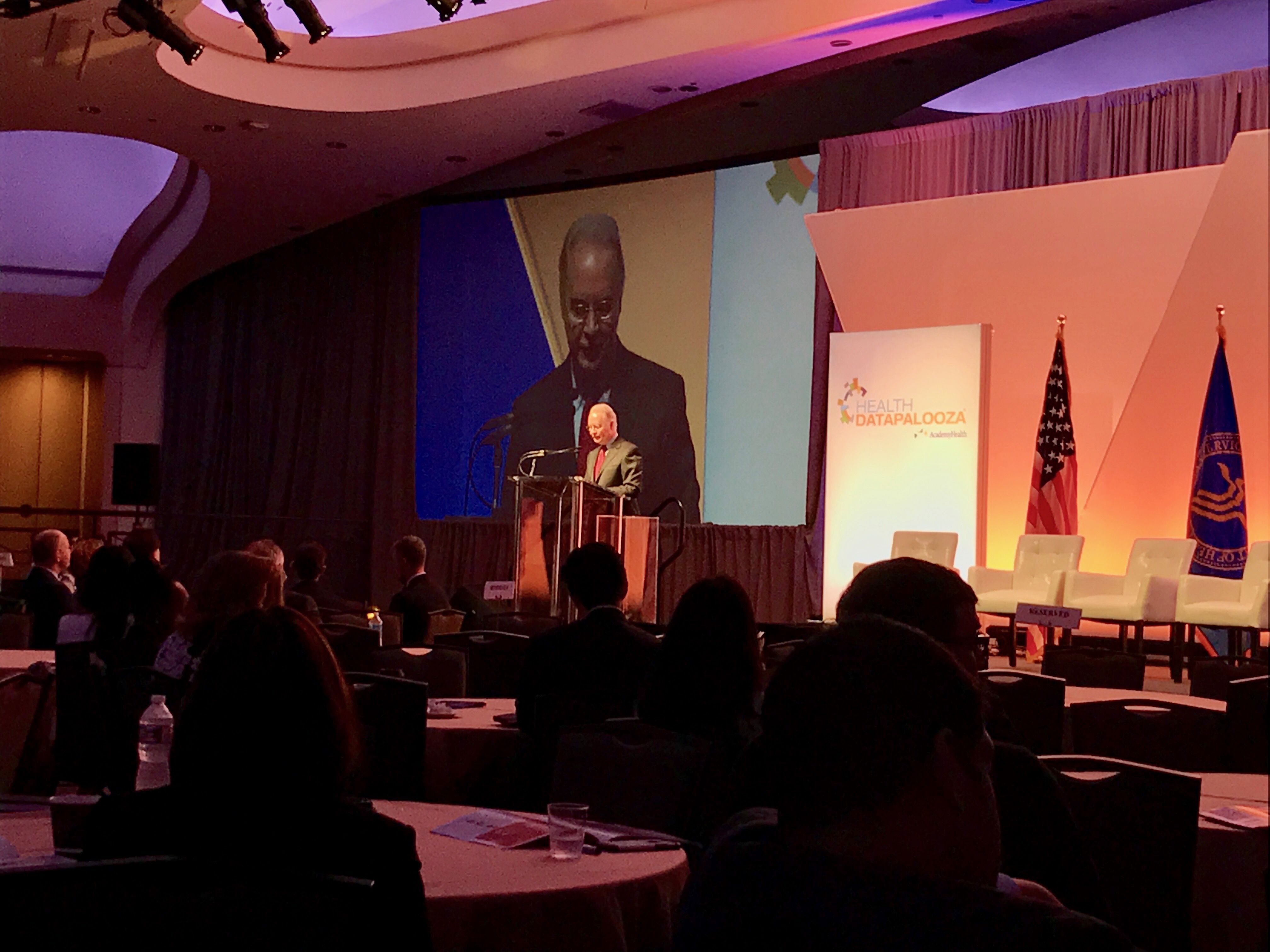Secretary of Health and Human Services (HHS) Tom Price spoke about the future of innovation in health care IT during his opening remarks at Health Datapalooza 2017. “People, patients, and partnerships” are going to be the driving forces behind the Trump Administration’s work in health care IT.
Secretary Price commented on reducing the burden of health care IT processes to physicians, with patient-oriented care as the central focus.
Price stressed that “True interoperability has always been the goal,” but that somewhere in the last few years the process has become muddled. He suggested new HHS guidance on the matter, as a means of “deciding on the rules of the road” for interoperability processes.
New Regulation on the Horizon?
Future HHS work on the matter will focus on “accessibility, affordability, quality, and empowering patients,” and patient-focused care with fewer burdens on health care practitioners.
Price suggested that high-level policy making should be the goal of any work done on interoperability in the future–which could come in the form of new HHS guidance, or even new regulation on the matter.
The Obama Administration made interoperability a central goal of its health care IT policy, with such measures as the Precision Medicine Initiative. The Precision Medicine Initiative focused on using patient data to collectively improve health research and care.
This work could continue under The Trump Administration, under the auspices of a different name and fewer “burdens” on doctors. The promulgation of Electronic Health Records (EHR) platforms in the past decade has been the foundation of interoperability initiatives.
Price stated that taking the focus away from patient care toward “data entry” has had challenging “and sometimes destructive consequences.” It’s clear the Administration is dedicated to changing the face of interoperability in the years to come.
Striking a balance between advancing and achieving interoperability within the limits of current health care technology capabilities will clearly be a challenge. Price stressed the importance of “partnerships” in this endeavor. Public-private partnerships could do the work of creating the infrastructure needed for “true interoperability.”

